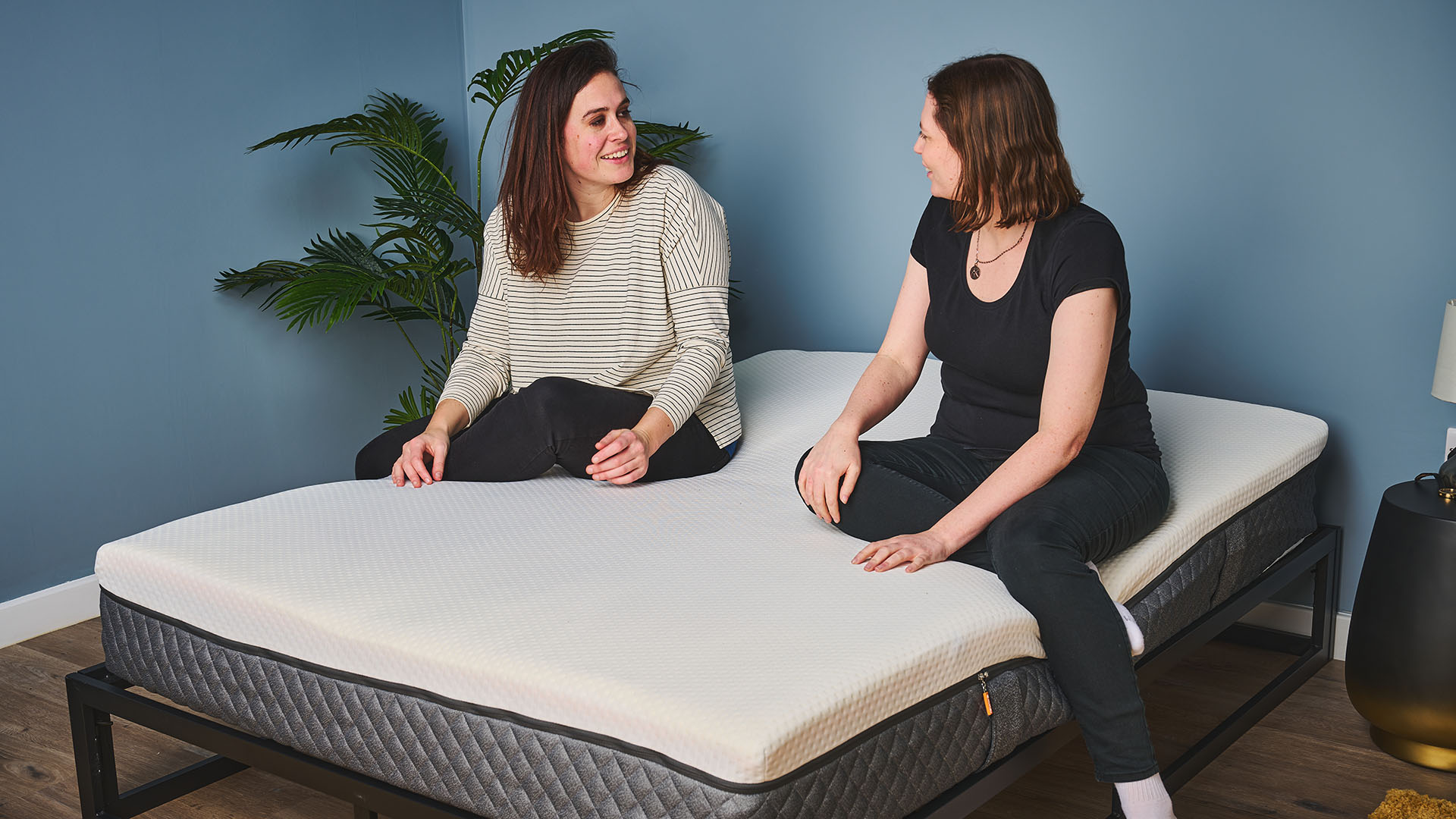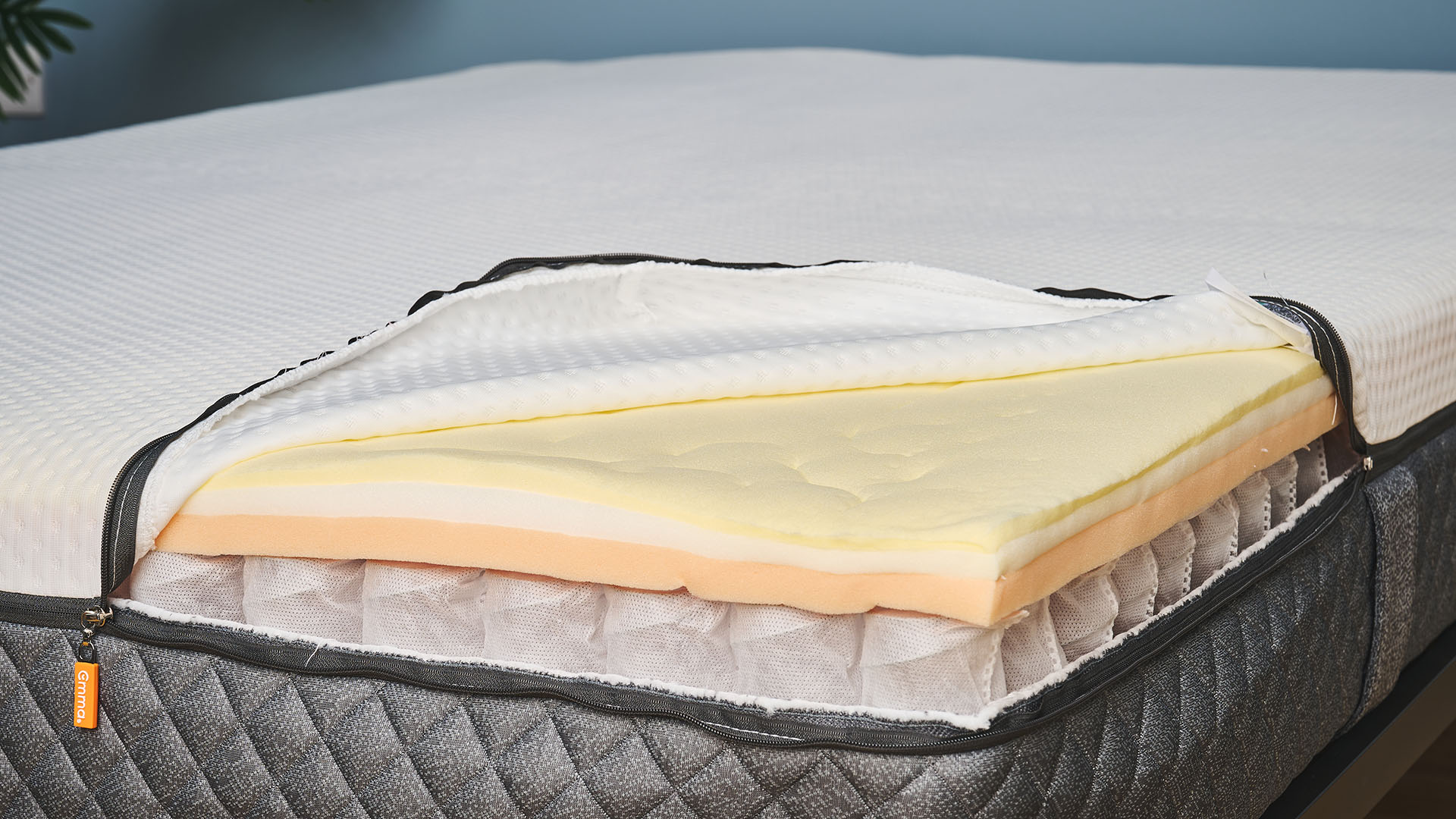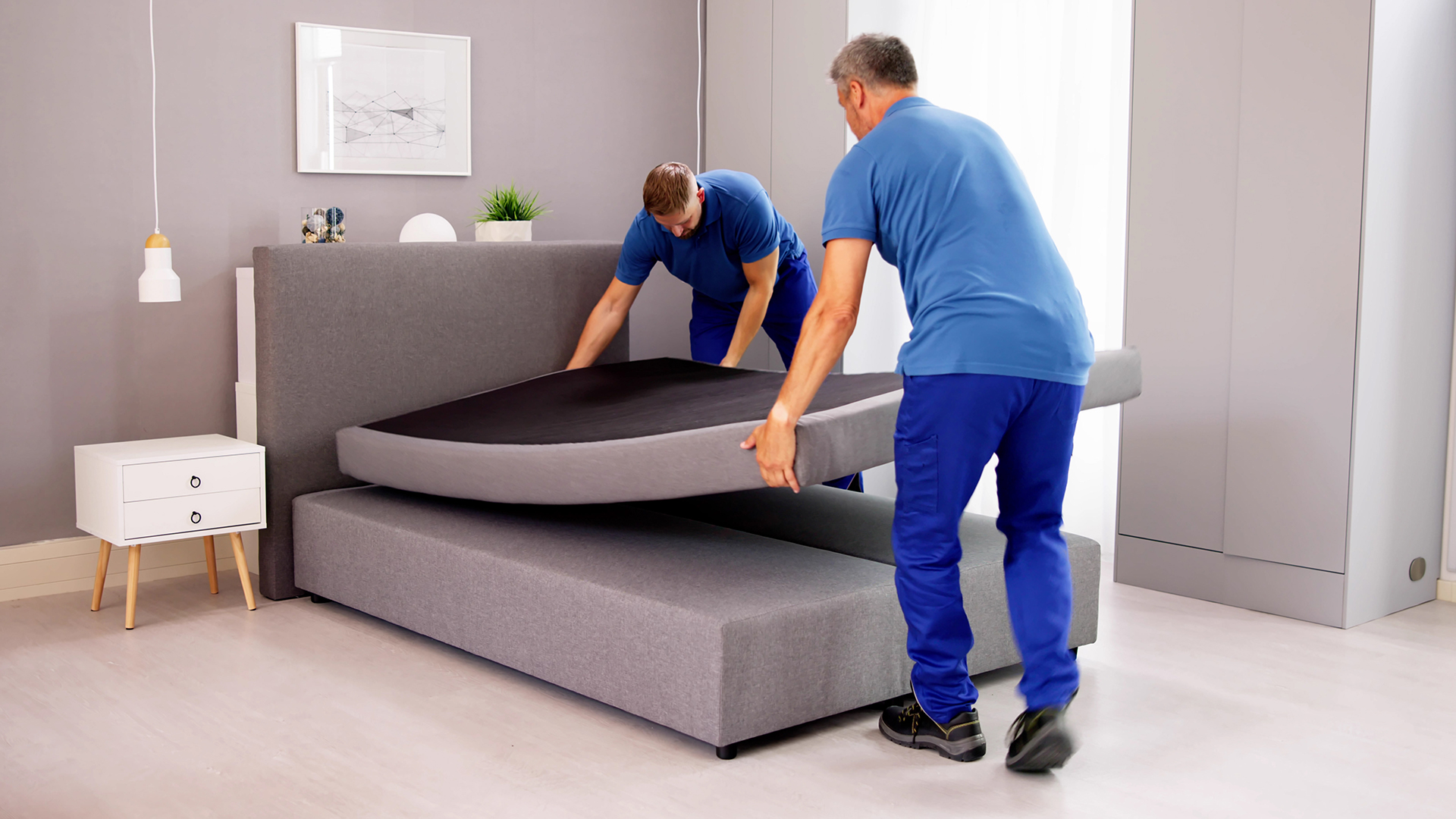
The best hybrid mattresses are among the very best beds around. They're breathable, they provide excellent support and pressure relief, and they suit a wide range of sleepers. So are there any down-sides to a hybrid mattress?
As a general rule, hybrid mattresses are heavier, more expensive beds, with a higher level of motion transfer. But before you assume a hybrid isn't the best mattress for you, check out this guide, where we'll talk you through the down-sides of a hybrid bed (and why they might actually turn out to be an advantage).
Hybrids are usually more expensive
Hybrid mattresses have a reputation for being a more expensive style of bed, and that’s generally accurate. The majority of mattresses in our best luxury mattress guide are hybrids, and when considering how much to spend on a mattress, prepare for a higher price tag if you're set on a hybrid.

But there's a reason why you can expect to pay more. Hybrid mattresses take their name because they’re composed of two or more different materials (typically springs and foams, but there are variations). The price of these different materials, combined with the complexity of the manufacturing process, leads to an increased cost for the consumer.
While hybrid beds might pricier on average than memory foam or innerspring mattresses, you can still get a hybrid on a budget – several are featured in our guide to the best cheap mattresses.
And at the other end of the spectrum...
Hybrid mattresses have more motion transfer
Motion transfer refers to when movement made on one side of the bed can be felt on the other. If your mattress has good motion isolation, your bed partner can toss, turn, and even get out of bed, and you’ll hardly know they’re moving. The best memory foam mattresses have excellent motion isolation, as the dense foam absorbs the vibrations from tossing and turning.

But because hybrids are often built with coils, they tend to be bouncier, resulting in increased motion transfer. There are ways to limit this. Many hybrid beds use pocket coils rather than a continuous coil, because the individual pocketing helps contain motion. In addition, top layers of cushioned comfort materials (often foams) can absorb movement before it reaches the springs. So even though when comparing memory foam vs hybrid mattresses, memory foams will generally have better motion isolation, hybrids can still be a good choice for couples.
Hybrid mattresses are heavier
With all those weighty springs, hybrid mattresses can be a heavy beds. Take one of our favorite hybrids, the DreamCloud. A queen-size DreamCloud hybrid weighs 78lbs (roughly 35kg). In comparison, in our Nectar memory foam mattress review, we noted a queen weighs only 66lbs (roughly 30kg). Both beds are from the same parent company (Resident Home) but have a noticeable weight difference.
Because of this extra weight, hybrid mattresses can be hard to maneuver. If you live alone, you might want to pay for white glove delivery to get your bed setup (or enlist several helpers). And once it's on the bed frame, you might find it harder to clean the mattress.

This might be where you expect us to explain how sleep brands are reducing the weight of hybrid mattresses – but that’s not really happening. It’s just something you have to expect with a hybrid. But luckily, you rarely need to flip a hybrid mattress, and as they can last for a while, once your bed is in place, it should only need to be moved slightly every few months to be cleaned (and sometimes rotated).







